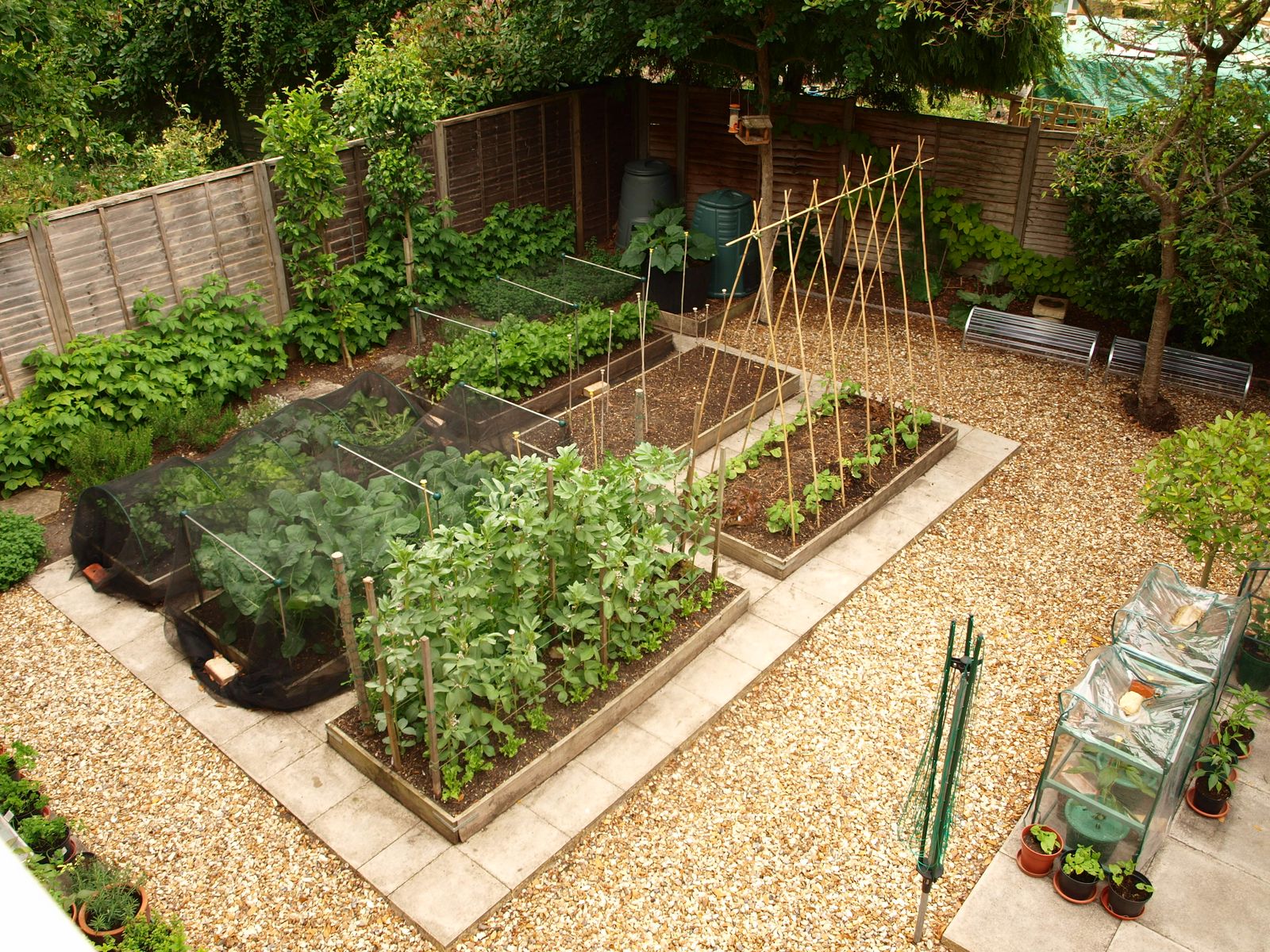I have recently become more interested than ever in foraging. By this I mean harvesting wild foods. It is a hobby / pastime / practice that had all but died out until recently, and I believe it is undergoing a bit of a comeback. From what I see and read, many top chefs are very keen to include foraged ingredients in their dishes, and such things can often command a high price.
Well, I'm not into commercial foraging, that's for sure (and I'm dubious about the ethics of this practice anyway), but I'm not averse to including a little bit of wild food in my diet. As regular readers will know, I often collect Chestnuts, Blackberries, Elderberries, Rosehips and Sloes. Last year I was lucky enough to identify a place to get loads of wild Plums (I will be visiting it again!), and I even dug up some wild Horseradish. If I had more knowledge of the subject I'm sure I could pick lots of edible fungi, of which there are many, many types around where I live. You have to admit it: we are surrounded by free food.
Today I want to mention a few plants that are very commonly found, and very well known, but seldom seen as sources of food. They are all growing in or very close to my garden.
Allotment-holders and gardeners all round the country know this one all too well -
Stellaria media, aka
Chickweed.
It grows in profusion on many allotment sites, and seems to have a particular liking for freshly-turned soil. But how many gardeners know that it is edible? It can be used in much the same way as cress - for instance in an egg sandwich, or as a garnish for other types of salad.
If you look carefully, I bet there is some in your garden, or along the side of your road. (If you're planning to eat it, just be careful about where you pick it!)
This next one is also a plant that is very widespread -
Cardamine hirstuta, commonly called
Hairy Bittercress
This is what Wikipedia has to say about it:
"This plant grows best in damp, recently disturbed soil. These conditions are prevalent in nursery or garden centre plants, and hairy bittercress seeds may be introduced with those plants. Once established, particularly in lawn areas, it is difficult to eradicate." Very true! I find this plant popping up again and again in my garden. Fortunately it is quite easy to pull up complete with its roots, but you can be sure that more will grow. Maybe the best approach is to treat it as a crop. Then you will actually welcome large quantities (maybe)! Although it is certainly edible, you wouldn't want to eat large quantities. The clue to this is in its name.
What about this one? Everybody know it - the Dandelion,
Taraxacum.
Gardeners normally treat it as a weed, but it is definitely edible. In fact it is more edible than most other plants; you can eat leaves, flowers and roots. Here in the UK (and elsewhere too) it has an image problem, being known mainly for its diuretic effect. the French call it "pissenlit" (bed-wetter). This is unfair, because the part of the plant with the strong diuretic effect is the root, which is seldom eaten. The leaves, on the other hand, make a competent salad ingredient, especially when blanched, which makes them sweeter. The name "Dandelion" is allegedly a corruption of the French "Dent de Lion" (Lion's tooth), being a reference to the pointed tooth-like edges of the leaves (see photo below).
What do you think of this statement, taken from Wikipedia:
"The dandelion plant is a
beneficial weed, with a wide range of uses, and is even a good
companion plant for gardening. Its
taproot will bring up nutrients for shallower-rooting plants, and add minerals and
nitrogen to soil. It is also known to attract
pollinating insects and release
ethylene gas which helps fruit to ripen."
Although this particular specimen is growing in my garden and not therefore wild, I offer it as a representative of its type -
Allium ursinum, Wild Garlic, also known as Ramsons or Ramps.
This plant grows in damp woodland places, and if conditions suit it, spreads rapidly. For this reason, some people have said I ought not to have introduced it to my garden. So far, mine is under control, but I shall keep a good eye on it!
The Wild Garlic leaves have a strong garlic-ey smell and flavour, and I don't think I would enjoy this as a salad ingredient (though lots of people apparently do), but it is fine made into sauces or pesto. A small quantity added to buttered vegetables can be very pleasant.
If you are interested in foraging, maybe you would like to get some books on the subject. Try these for a start:
Food for Free by Richard Mabey (still the forager's "bible")
River-Cottage Handbook No7 - Hedgerow by John Wright
Wild Food by Roger Phillips
You might also be interested in this website: (My thanks to Lucy at
Loose and Leafy for this link.)
Eatweeds.co.uk
If you need help with plant identification, you could try these people
www.flowerchecker.com And yes, it is a team of people who will try to identify plants and fungi from photos you send in. They responded to an open query I posted on Twitter the other day, and I got a 95% certain ID within about 5 minutes of asking.






















































